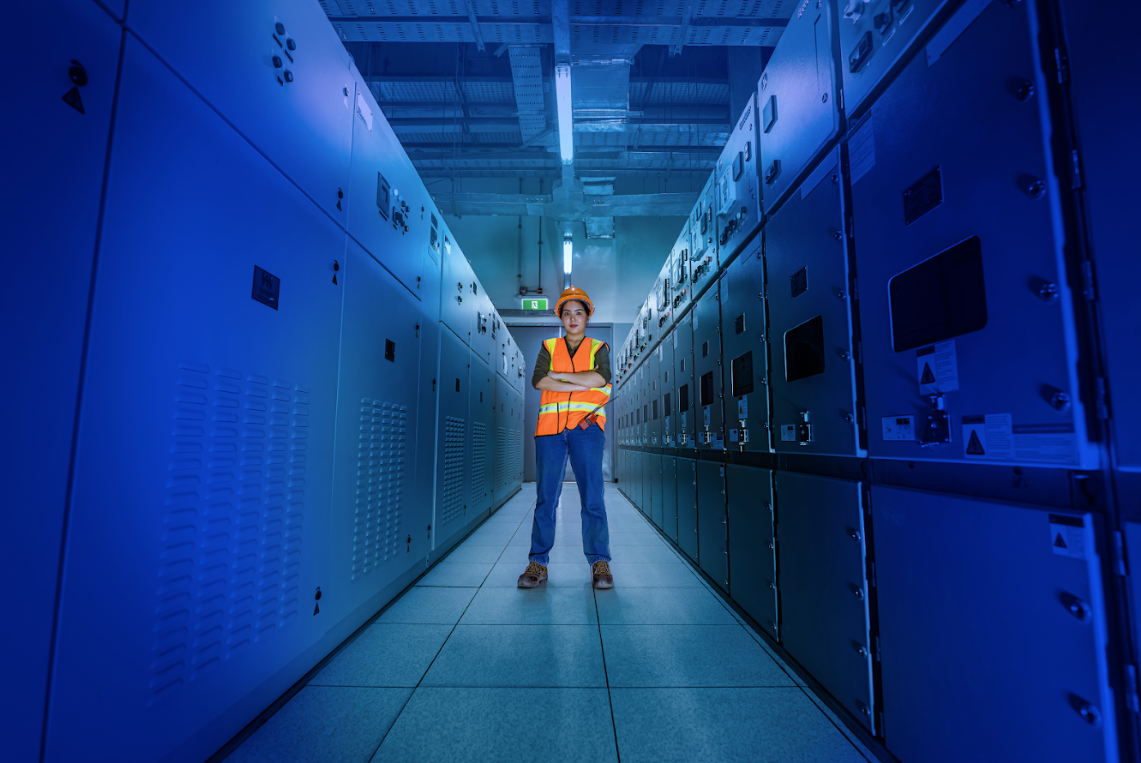Your destination for all things heavy civil – from job site interviews to industry insights.
.jpg)
Technology has finally found its way into the back office of construction. Now, it’s knocking on the front door. But if you ask around job sites or even some C-suites, you’ll still hear a wide range of reactions—from genuine curiosity to eye-rolls to quiet anxiety.
That’s because in commercial and heavy civil construction, tech adoption isn’t just about features or ROI. It’s about culture, craft, and trust.
I’ve spent the last few years helping build Bulk Exchange, a digital platform reshaping how contractors and suppliers work together on materials sourcing, hauling, and payment. And in that time, I’ve seen some critical things that the industry and tech evangelists are getting right—and some they’re missing entirely.
There’s no doubt that we’re at a turning point. With aging workforces, rising material costs, and increasingly complex compliance demands, construction companies must modernize, and many leaders know it.
In fact, we’ve seen an explosion of interest in pre-construction digitization, supply chain optimization, and AI-powered insights. Firms are hiring data analysts. Estimators are exploring automation. DOTs and developers alike are asking for digital workflows in their bids.
But where the conversation goes sideways is in underestimating the emotional and organizational realities of the industry and its people. New tech is rarely adopted just because it’s “better.” It’s adopted when it’s understood, trusted, and needed by the people doing the work.
Here’s where I see four common missteps:
Too many vendors still frame AI as a tool to replace people instead of supporting them. That alienates the experienced professionals who are already overwhelmed by labor shortages, scope creep, and regulatory change.
Most construction work doesn’t happen in spreadsheets or email threads. It happens on whiteboards, over phone calls, and through handwritten notes. AI models trained on clean PDFs miss the nuance and erode trust.
You can’t just tell a 30-year field superintendent to “click here to optimize your haul routes.” That’s not how influence works in this industry. You need buy-in, not just training.
This industry runs on relationships. The most exciting promise of AI isn’t just productivity, it’s the chance to create stronger, more collaborative teams that bring together field veterans and digital natives in new, meaningful ways.
One of the most powerful dynamics I’m seeing—and encouraging—is the mutual learning opportunity between industry veterans and new hires.
The new field engineer, project coordinator, or estimator may be the one showing their supervisor how to run takeoffs with AI or reconcile change orders with machine learning. And the seasoned foreman or PM has the institutional knowledge to explain why some optimizations won’t work on complex jobsites or with local trucking crews.
When that exchange is respected and formalized, everyone wins:
But that role reversal won’t happen by accident.
.jpg)
Transforming an industry isn’t just about launching new tools, it’s about reshaping incentives, expectations, and team dynamics. Here’s what we’re learning works:
Adjust KPIs and reviews to celebrate joint learning moments. Did a field tech help digitize dispatch tickets? Did a PM share a lesson learned from an AI insight? Promote that.
Intentionally match a seasoned ops lead with a digitally savvy junior hire for a scoped pilot or process improvement. Build structure around their collaboration, don’t just hope it happens.
Create space for reverse mentorship. Encourage junior staff to present new finds in meetings and to their reports. Give senior leaders safe ways to ask “beginner” questions.
As managers, we must first get our teams excited about the “why” that matters in their day-to-day work—before we dive into the “how.” That means sharing the business case, demonstrating impact, and providing examples from peers they respect.
Don’t separate “digital transformation” from “culture initiatives.” They are one and the same. Culture is the API that allows new tools to run smoothly.
The future of construction isn’t just digital. It’s relational, intelligent, and human-centered.
We can’t afford to treat technology adoption as a linear, top-down mandate. It must be a mutual journey, one that brings together the best of experience AND innovation.
If we set it up right, AI won’t just help us do more work faster and safer. It will help us build stronger companies, better teams, and an industry that respects its past while preparing for the future.
It starts with humility, structure, and a deep belief in the people doing the work. That’s how we retrofit the bridge from past to future.
Rachael Mahoney is the Chief Strategy Officer at Bulk Exchange, a platform modernizing how contractors and suppliers source, move, and pay for bulk materials. She is passionate about transforming overlooked workflows into high-value, human-centered systems.
.jpg)
.svg)
.png)
.svg)

.svg)